The modern Datejust that Rolex unveiled a few years ago scarcely differs from the Rolex Datejust II. The similar design characteristics set Rolex watches apart from other brands. Learn more details in this feature article from the WatchTime archives.
A fluted bezel, a Cyclops magnifying lens above the date window and an Oyster bracelet: the new Datejust 41 shares these elements with many other Rolex models. These design characteristics are the secrets of the brand’s success. The approximately 800,000 watches that Rolex sells each year produce estimated annual revenue of $4.39 billion and make it the most successful manufacturer of luxury watches.
The cornerstone of this singular distinction was Rolex’s founder, Hans Wilsdorf, a native of Kulmbach, Germany, who registered the brand name in 1908. He put his faith in wristwatches at an early date and set out to rectify their shortcomings: for example, wristwatches were notoriously less accurate than pocketwatches. But Wilsdorf’s Rolex wristwatches soon ticked so precisely that they earned official certification as chronometers. He patented his first watertight watches in 1926, followed by patent protection for automatic winding in 1931. With these two functional abilities, the optimal wristwatch was born — and Rolex positioned itself as the technical leader for precise, watertight, self-winding watches. The label successfully advanced along this path with its divers’ watches, while simultaneously creating structures that guarantee high quality and an outstandingly accurate rate.
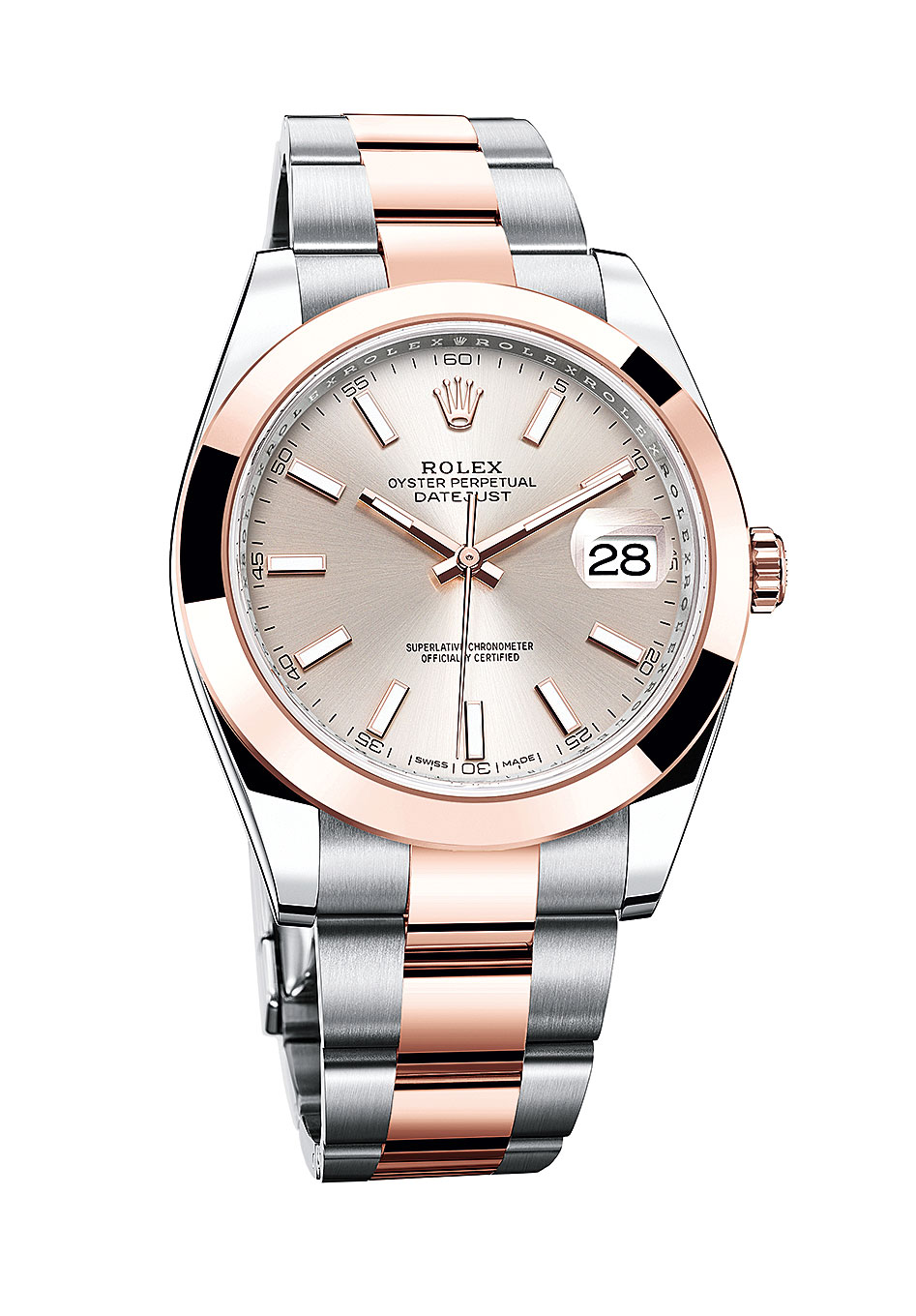
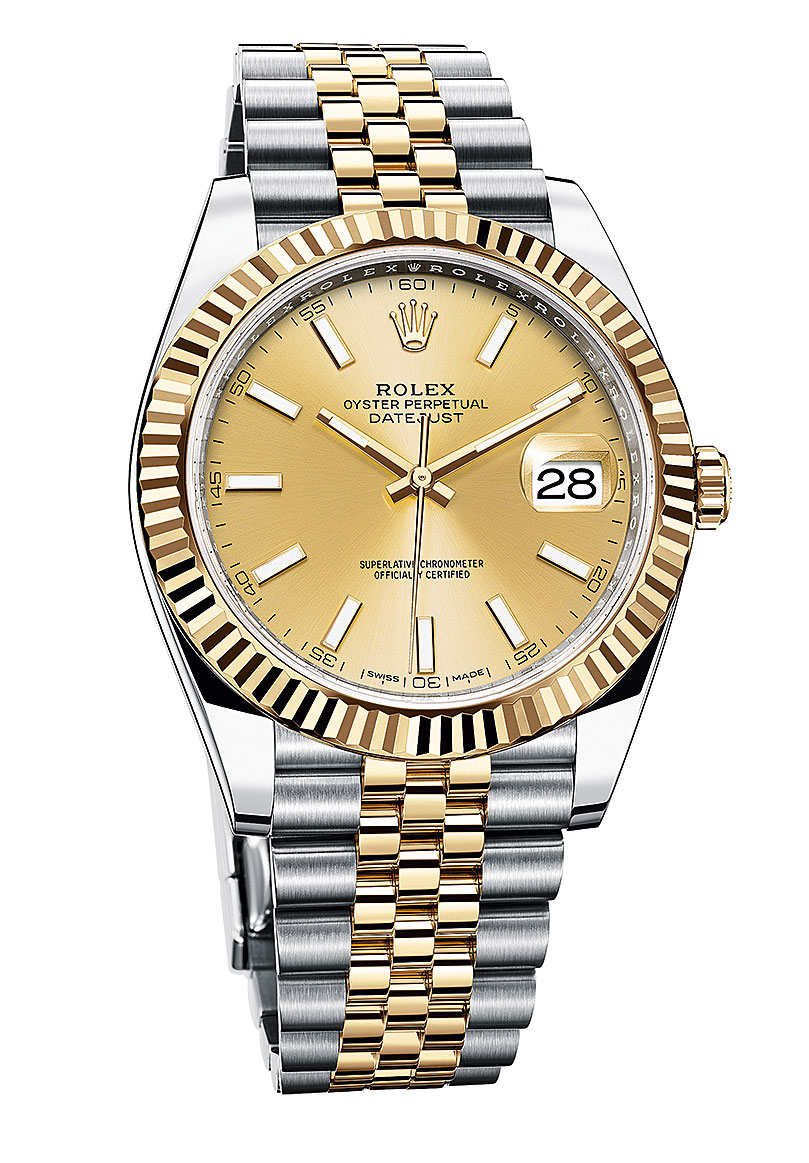

But without a convincing design, none of these efforts would have led to long-lasting success for the brand. Take this test: When you think about Rolex, which characteristic stylistic element appears in your mind’s eye? Is it the magnifying lens above the date, the so-called “Mercedes” hands, the dial with its typical duo of bar-shaped and circular indexes, or the Oyster bracelet? Or is it the fluted bezel and the Jubilee bracelet? More than a few unique attributes distinguish a Rolex watch. Now take another test. What images come to mind when you think about other watch brands, e.g., Jaeger-LeCoultre or Omega? Even big brands with design icons in their collections usually have only one or two unmistakable stylistic elements. Often, it’s only the shape of the case. And some classics have no unique design characteristics whatsoever and are recognizable only because they combine familiar stylistic features.
The magnifying lens, which is probably the design element most strongly associated with Rolex watches, was devised to optimize legibility.
Rolex makes ample use of its large selection of unmistakable stylistic elements. Viewing the watches in Rolex’s contemporary collection, one cannot fail to notice that the designs aren’t very diverse: the hands, for example, come in only two different forms; the shapes of the cases likewise vary only minimally; and the difference between the two most successful models, the Submariner and GMT-Master II, lies solely in the numerals on the rotatable bezel and in the additional hands. The Sea-Dweller is essentially a Submariner without a date magnifier. The Deepsea differs from the Sea-Dweller only because of its size and the broad ring that surrounds its dial and increases its water resistance. The Yacht-Master has exactly the same dial layout, the same hands and the same case; only the numerals and the rotatable bezel are raised and the color scheme of the dial and bezel is different. Even the Explorer II shares the same design characteristics as other models, although it sets itself apart with a different bezel and a different time-zone hand. Adding the Submariner without a date display, one reaches a total of seven models that differ only in details. All of the abovementioned models have the same Oyster bracelet, the same Mercedes hands, and dials with bar-shaped and circular indexes. These seven models are responsible for a large percentage of Rolex’s sales.
It’s interesting to note that all of these design elements were invented for practical reasons and date from the 1950s. The shape of the Mercedes hands was chosen so that a maximum amount of luminous material could be applied. The luminous substance is painted on as a liquid and hardens afterwards, so the hand must be able to cope with the resulting surface tension. To support a spacious span across the surface of the skeletonized hand, the luminous plane must be subdivided. That’s why the large “eye” near the tip of Rolex’s hour hand is trisected with three bars, which results in a shape reminiscent of the Mercedes logo.
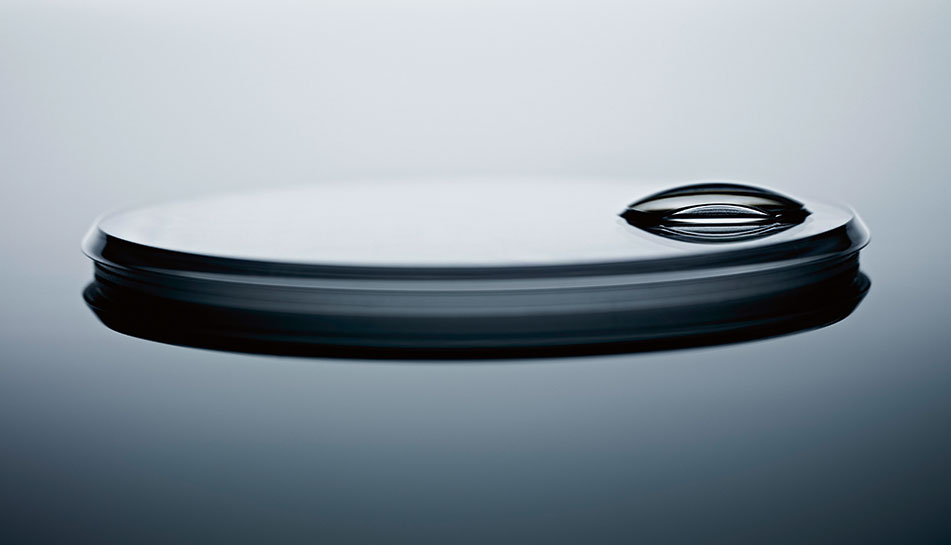
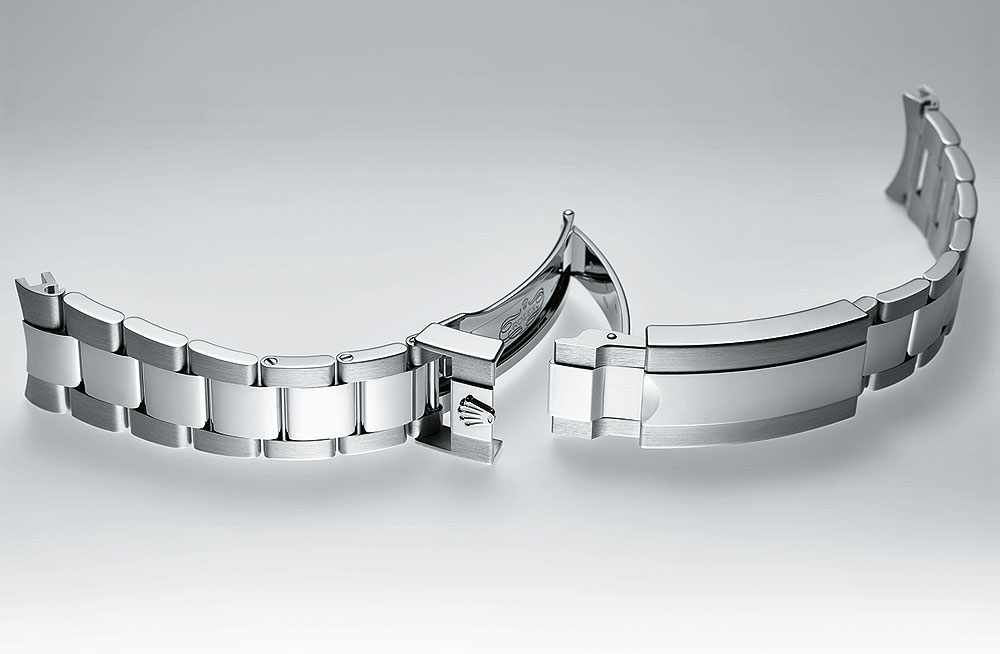
Practical reasons, i.e., better legibility and orientation, likewise inspired the dial’s design, with circular indexes for six of the 12 hours, bar-shaped markings at the 3, 6 and 9, and an elongated triangle at the 12. The last-mentioned detail first appeared when the Submariner was unveiled in 1953. The magnifying lens, which is probably the design element that’s most strongly associated with Rolex, was likewise devised to optimize legibility. The first GMT-Master already combined this lens and the previously cited design elements in 1955.
Such features sustain Rolex’s image as a maker of professional watches, for example, for divers. The various traits fit together harmoniously because they all serve the same purpose: namely, to optimize legibility. That’s why the Submariner and the GMT-Master II are prototypes of the so-called “tool watch:” they are robust, functional, and designed to assure that these two virtues are clearly visible. Quality and price have risen steadily over the years. To satisfy the progressively more rigorous requirements of professional divers, Rolex launched the Sea-Dweller with a helium valve and later the Deepsea with its enormous diving depth of 3,900 meters. This extreme water resistance expresses itself in a bulkier design that looks more professional as well. Rolex has relied on time-tested and readily recognizable design elements to create watches for diverse purposes such as diving, flying (GMT-Master II), sailing (Yacht-Master) and expeditions (Explorer II). If these watches differ from one another at all, it’s only in the coloration of their dials and bezels. This has proven to be very sensible because most brands with an iconic model in their portfolios sell it quite well, but seldom succeed in deriving a broader collection from it. Sometimes one of these models is given an additional function, but the watch still remains a divers’ watch or a pilots’ watch. Rolex, on the other hand, uses its distinctive design elements for many different models, thus assuring a very high recognition factor for the brand.

Once again, Rolex’s founder, Hans Wilsdorf, deserves credit for having developed the design. His marriage remained childless, so he bequeathed his company to a foundation. Unlike companies with shares that are traded on the stock exchange, short-term increases in profits didn’t play a role for Rolex, which has always ascribed greater importance to long-term objectives. It’s also interesting to note that the gradual evolution of the design favorably affects value retention. The Submariner, for example, doesn’t change, but its retail price increases every now and then. A connoisseur who opts to sell his Submariner can usually find a buyer who’ll pay the same price that he paid several years before. This, of course, is another secret of Rolex’s success. The conservative strategy assures that minor changes attract major attention. For example, the new rose-gold version of the Yacht-Master with a rubber strap sparked a veritable furor in 2015 because it was the first Rolex with a strap of this kind.
The Rolex Submariner and GMT-Master II are prototypes of the so-called “tool watch:” they are robust, functional, and designed to assure that these two virtues are clearly visible.
The second half of the Rolex Oyster collection consists of more elegant watches for less specific fields of activity. All of these have obelisk hands that taper slightly: if the obelisk hand is used on a Rolex chronograph, it ends in an elongated sharp point. Rolex offers crocodile straps for some of its models with precious metal cases. Significantly more variety can be seen here. The Datejust exhibits the most versatility: it’s available with radial Arabic or Roman numerals, bar-shaped or diamond-studded indexes, many different dial colors, fluted or cambered bezels, and either an Oyster or a Jubilee bracelet. The Day-Date and the Sky-Dweller croon the same tune, although the range is somewhat narrower. The Oyster Perpetual without date display is also available in many colors.

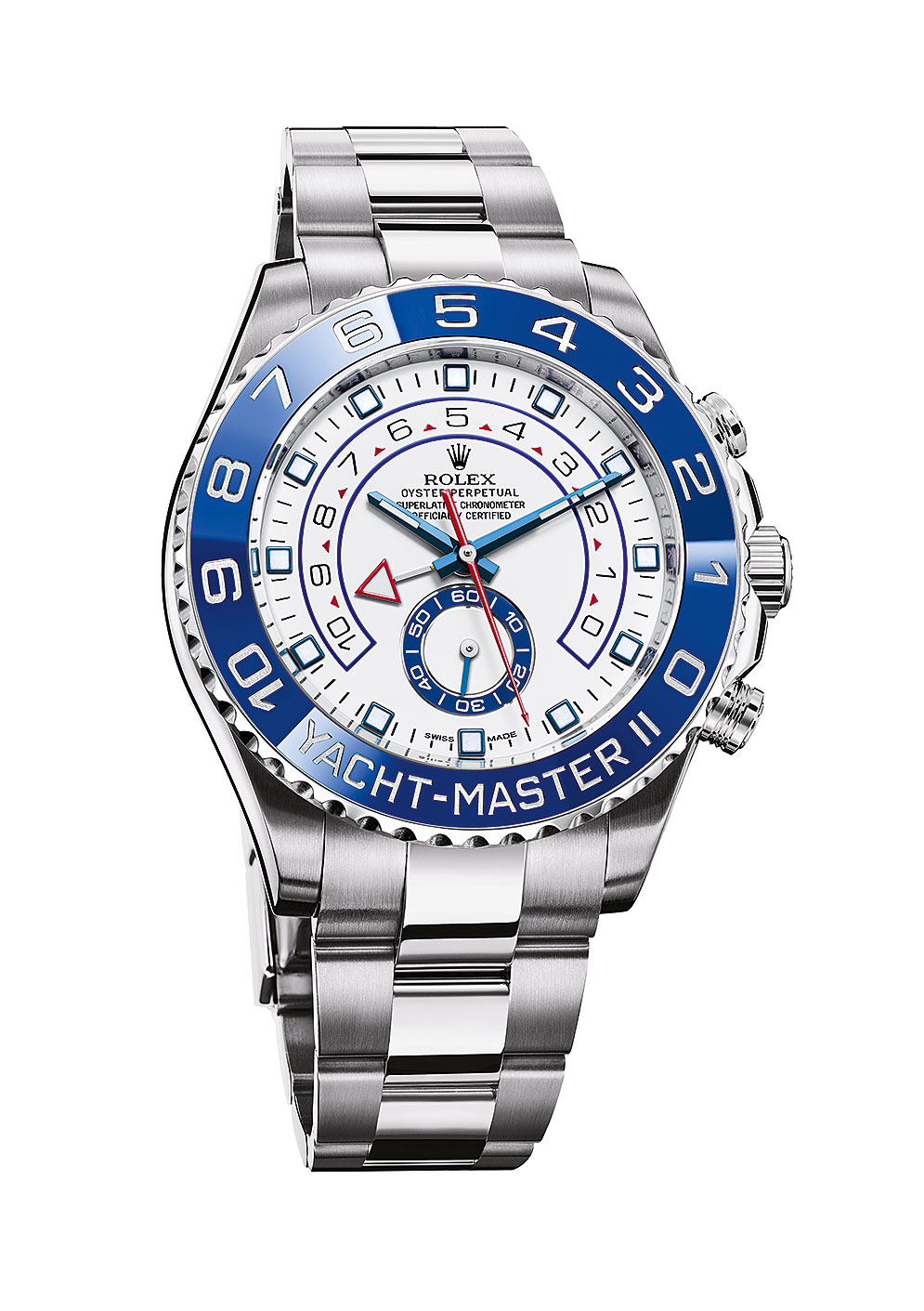
Models with calibrated bezels, especially the Submariner and the GMT-Master II, enjoy iconic status and are accordingly modified only very slowly and over the long term. The more elegant models, by contrast, offer more latitude for fashionable variations, for versions designed to appeal to specific markets, or for somewhat more daringly colored models that probably won’t sell in large numbers. This enables Rolex to solve a problem associated with its success: a Submariner is a very commonly seen wristwatch, but quite a long time is likely to pass before a lady wearing a gold Day-Date with a green dial and a green crocodile strap discovers a watch exactly like hers on another woman’s wrist. One also sees that Rolex relies on various gold or bicolor variations to boost the average price per watch. This affects the design, too, because these models usually have dials in matching colors. Interestingly enough, lower-priced Rolex models can also be found in this more elegant group thanks to the Oyster Perpetual with no date, which has been available since 2015 in a 39-mm version that’s big enough for a man’s wrist. Rolex also integrates trends here, e.g., blue dials.
Despite their numerous variations, the more elegant models are also easy to identify as Rolex watches. This is because the diverse dials and bezels are all typically Rolex. Their characteristic features include radial Roman or Arabic numerals, bar-shaped or square diamond-studded indexes, and fluted or curved bezels. The same holds true for Oyster, Jubilee or President metal bracelets. And there are several constants: e.g., Oyster case, obelisk hands and date magnifier. These features increase the recognizability.
More so than any other brand, Rolex has successfully remained loyal to its iconic design, which has been kept essentially unchanged in some models for six decades.
The Daytona and Yacht-Master II chronographs are the proverbial exceptions that prove the rule. Each has obelisk hands, but their indexes are unlike those on any other model. The Daytona is sui generis: it has indexes shaped like little boats, contrastingly colored scales on its subdials, and above all a distinctive tachymeter scale. It achieves its iconic and one-of-a-kind status not through unique design elements, but by combining distinctive details. The newer Yacht-Master II differs markedly from the Cosmograph Daytona: the newcomer has a contrastingly colored scale around the subdial for the seconds, but it also boasts block-shaped indexes and differently styled, non-screwed push-pieces. All in all, it makes the most daring impression. And this model alludes to sailing with its white and blue color scheme: after all, as a regatta chronograph, the sea is its destined field of activity.
Rolex cultivates a remarkably large number of unambiguous design features. The brand has remained loyal to unique elements that were originally inspired by their functions, e.g., Mercedes hands and the date magnifier. These details express the brand’s core as a maker of tool watches and simultaneously guarantee immediate recognition. The decision makers in Geneva use these familiar features in the new models, too, thus giving the label an adequately broad spectrum of variations. In its more elegant models, Rolex integrates current trends and indulges in a broader selection of colors and dials. But even when one can choose among several options (e.g., for the bezels and dials), the variations are already well known and distinctive enough so that these models can easily be identified as Rolexes.
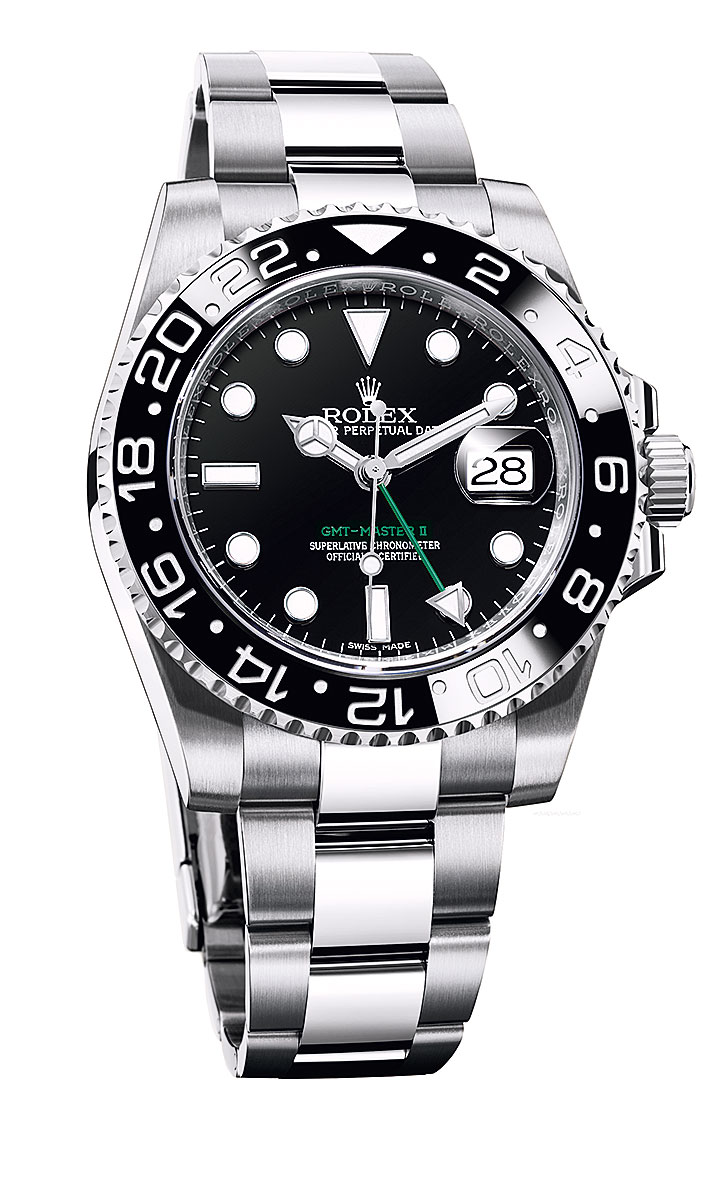
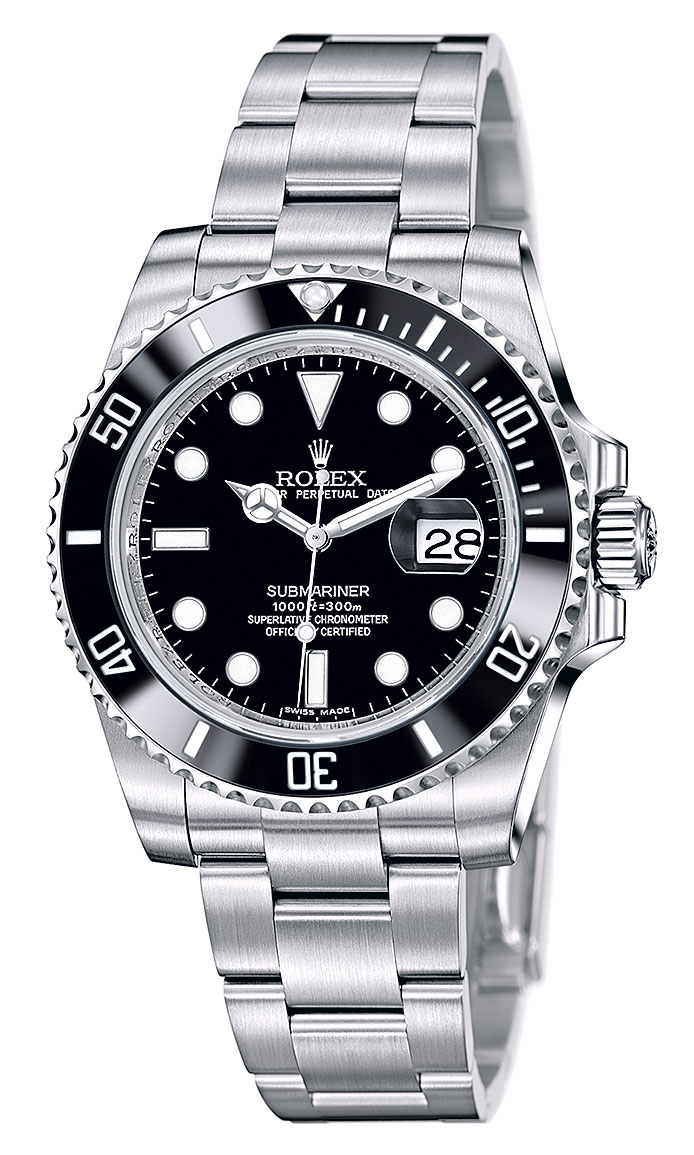
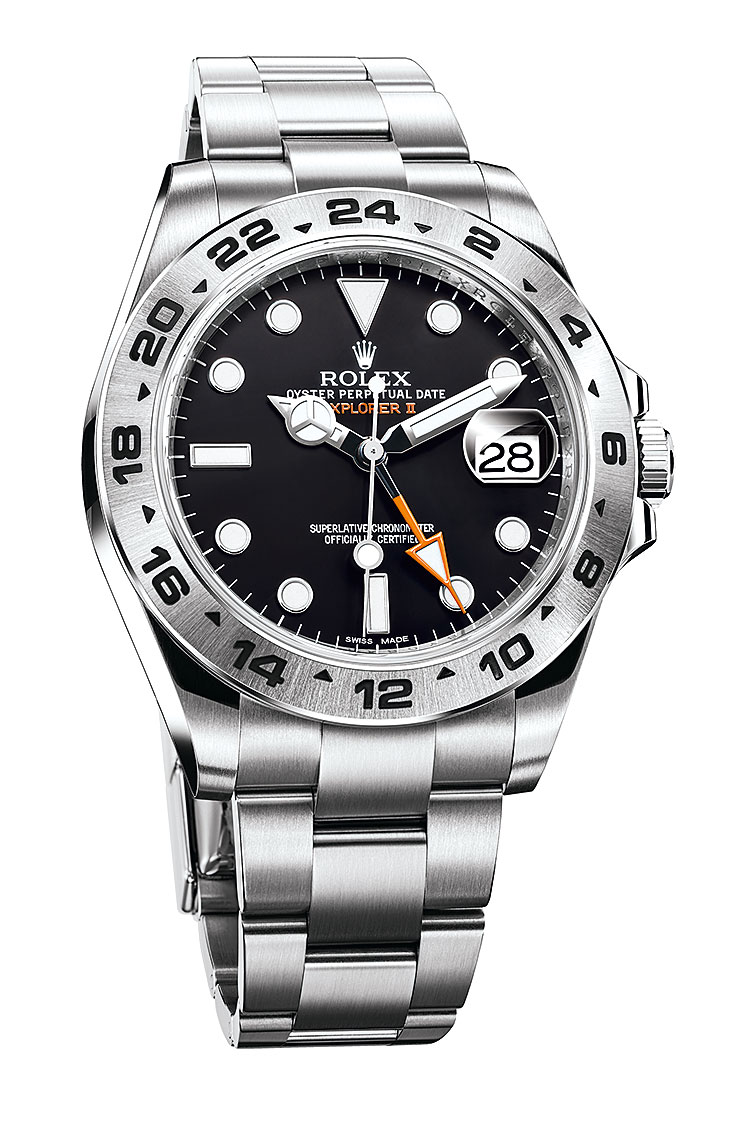
This strategy is also evident in the Datejust 41, which premiered in 2016 and is destined to replace the well-established Datejust II in the long term. Rolex has borrowed the case diameter (41 mm) from the veteran, along with familiar design characteristics such as bar-shaped indexes, a fluted or curved bezel, and obelisk hands; but the newcomer offers a wider selection of bracelets. The Datejust II was available only with an Oyster bracelet, but now Rolex offers the Datejust 41 with the added option of a Jubilee one.
Self-winding Caliber 3235, on the other hand, is absolutely new. Thanks to a new addition to its barrel and an improvement in the efficiency of its Chronergy escapement, this manufacture movement can amass a power reserve of up to 70 hours. Like all Rolex calibers, it runs with chronometer-worthy precision. Its accuracy is confirmed by the “Superlative Chronometer” certificate, which Rolex introduced in 2015. With this certification, Rolex defines a new standard for its watches. Only timepieces that keep time within the required tolerance range of -2 to +2 seconds per day are allowed to leave the factory. Rolex accordingly upholds stricter tolerances than the COSC, which permits daily deviations between -4 and +6 seconds.
More so than any other brand, Rolex successfully remained loyal to its iconic design, which has been kept essentially unchanged in some models for six decades, while simultaneously unveiling new models that are partially inspired by the existing stylistic treasury. An unambiguous and credible brand message, coupled with unmistakable styling, results in the inimitable design that sustains the success of the Rolex watch brand.




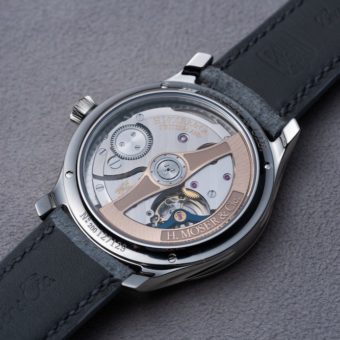
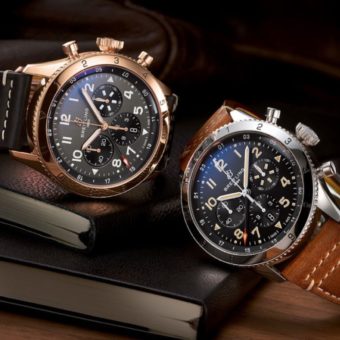

I am a small collector, GMT Master, Submariner, white gold President with lapiz dial….and a couple others…
Nice watches are they all 41 mm? Also how can i buy one?
I’m 58,female, have had 4 rolex watches. First when 20, ladies presidential. Great till moisture ruined the face. Replaced. Mother passed Rolex with jubilee bracket. ROLEX 3, President (2002), pyramid bezel pyramid face, had 2 or 4 ruby markers in bezel but brand new. Beautiful! Had burglary taking my 3 Rolexs, thousands uninsured quality items. Husband bought me about 7 years ago a used President. Replaced dial to pyramid, seller was very Reputable. Within 3 years the stem, to change time started randomly feel strange. Mechanism of crown post. Then just didn’t change time or tighten up bezel for waterproof.
3 ladies that had problems, 4 TH stolen so it’s durability not known.
Now that I’m reading others experience, seems the Submariner made tougher, i wear watch 24/7.
So have president sitting on dresser top, determining if gold value better or is it worth it to pay for certified Rolex jeweler, $$$$, whom says may need sent to Rolex.
Beginning to research. Article was Great! Comments helped, Thank you for enlightening me!
where is the shop ?
I love it…
But I still have the “16203-model” (1987-88) branded in my heart. I intend to get another one, in the spring.
GRW
I have just bought my first Rolex after over 30 years of wanting one.I went for the datejust 41 in steel with a blue face… It’s a beautiful piece of design and engineering.Having a Rolex doesn’t just mean ‘submariner’…
Working world accuracy it is very useful to us protracted negotiations
I would love to buy a Daytona or a pre-owned one. I already have day date 36-mm, GMT Master 11
Good watches
Still, the release garnered its fair share of controversy. This was a very different watch from previous models. In fact, it s not much of a leap to say that Rolex completely overhauled the Air-King.
Very very very nice design
What happened to the diamond on the watch?
Absolut
I am very much interested can we buy this on line
Grand Seiko any day all day
I agree with the contents of this article it is well written and informative. Rolex make “robust and functional “ watches. Design changes are minimal but very practical.
I personally have owned three Rolex watches over the years, a sea dweller, submariner and now a GMT 2 . Absolutely love them very are accurate, robust and reliable.
What I would like to see , and I am sure the founding father of Rolex wanted was for Rolex watches to be more accessible to the watch loving public.
Please Rolex your reputation for making great watches is never in dispute. Stamp out the grey market and supply to meet demand so that people who want them and are willing to pay retail prices for them are able to get them without having to wait too long. Your brand name is legendary and brand loyalty is the best in the watch world.
Make your watches more accessible through worldwide authorised dealers.
Keeps me updated
Great article, looking for a Daytona stainless steel @ the regular price. Love your article, saving on my screen
I have had several Rolex watches, none of which kept accurate time. A nice watch but overpriced and overrated in my opinion. They have the marketing niche and resale is great. I prefer Breitling. I have 5 of these and are spot on time wise, are better looking and less expensive. Many pilots wear them. Tag and Omega are great watches for the money…many other wonderful brands.
There is nothing that compares a Rolex Submariner. Have had mine for the past 40 years and still going as accurate as ever.
Had a 1983 sub Mariner. I was robbed and they took my watch. I loved it
Wonderful article, explains a lot about the design that could easily be overlooked
Excellent watches none compare to it
Excellent article, thank you, I just got Oyster Peretual,Jubilee Bracelett,Champagne dial,just fantStic,always wanted, now I got it,the best.
Send me the number
Well written
even better is to see one of these watches on my wrist.
Excellent article. Had my submariner for 30 years. Won’t change it for anything. Still remains the top watch in my view. Service surpasses all other watch companies. The brand is all about the excellent back up service from Rolex. It comes back like new and recertified. What more do you want. That’s why Rolex is king of watches.
Nice
Really well made and classic
Rolex is a dream for millions like me but getting an original is a concern.
Just acquired my first Rolex – the 39mm Oyster Perpetual (in BLUE) – after a wait of 4-weeks.
Very Happy with my Purchase. An Elegant Looking Watch.
I have a Rolex with Date only What year were these produced?
Watches are very nice. Looking for some of the ladies watches
I am interesred on the cosmograph daytona
The caption under the picture of the datejust says that a jubilee bracelet is now offered for the first time. I thought the datejust was originally created with the jubilee bracelet.
He was referring to the datejust ll
My first Rolex a two tone steel & gold I purchased in 1979, and still wear it and love it.
Very interesting and informative, but I miss one watch in your article. The new Rolex Explorer who was launched last year. The watch have the new blue luminous colour, Paraflex shock absorber and the new bracelet. In my opinion the watch is one of the most classic models Rolex ever made. Timeless design for decades and still will. Tommy Karlsen
DON’T Have Words Keep looking
Title of article doesn’t match contents
Thanks for the interesting Rolex history, design info and technical details – many questions answered!
a truly great indepth read, i am a lover of the rolex watch, have allways been so in love with the gmt master 2 , i had one about 10 years ago , and gave up work to look after my elderly mother of then 77 , i had to sell it to keep a roof over my mums and my head, now my mum at 87 and ten years on ,i still so wish i could have kept the watch , but my dear mum was more precious, i wish everytime i do my £2.00 stake on the lottery on saturday night ,i could just win enough money to relive my dream , i dont want millions or hundreds of thousands, just enough to relive my dream with a ,ALL S/STEEL BLACK BEZELED GMT MASTER . well we all need something to float our boat , PLEASE KEEP UP THE 100% GREAT READING MATTER , MANY THANKS , [peter mc namara [deal/kent………
There is no words for the king watches..